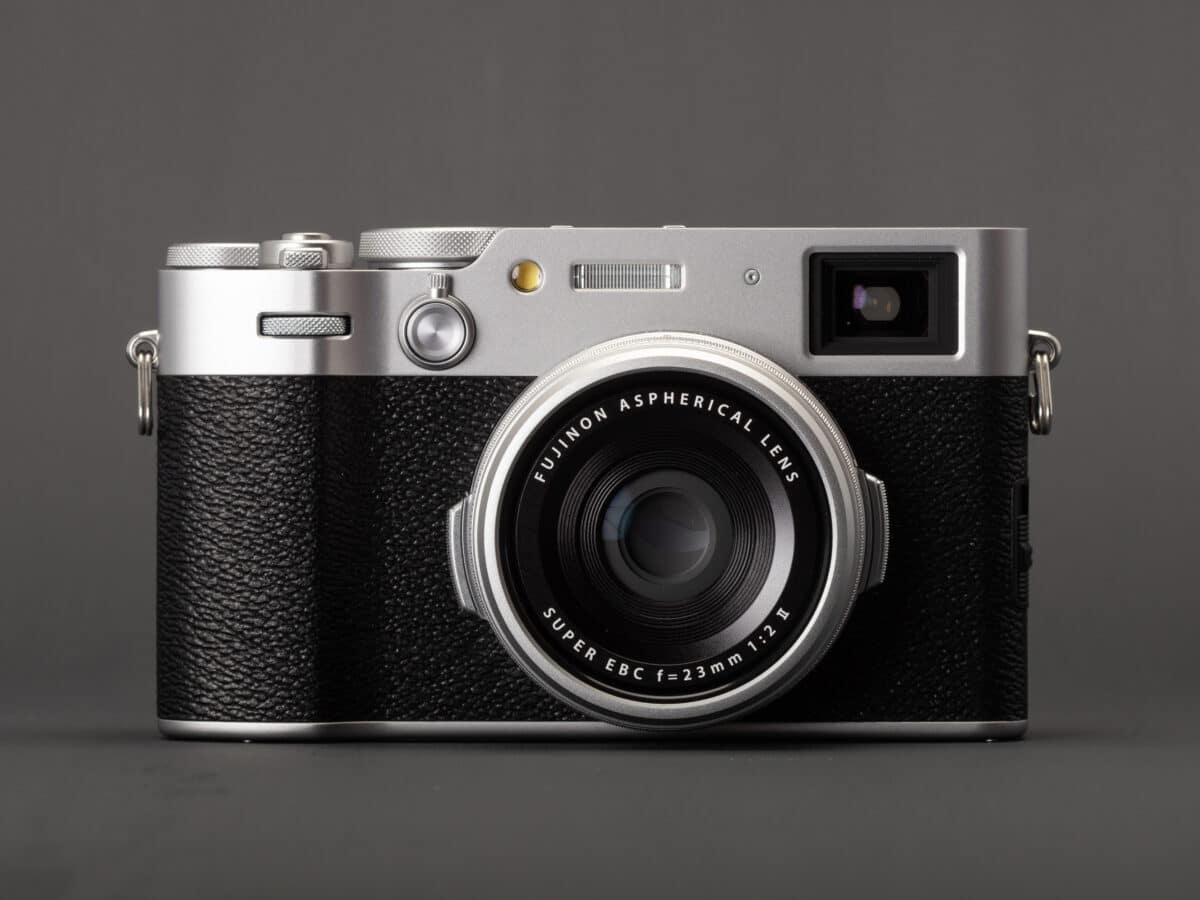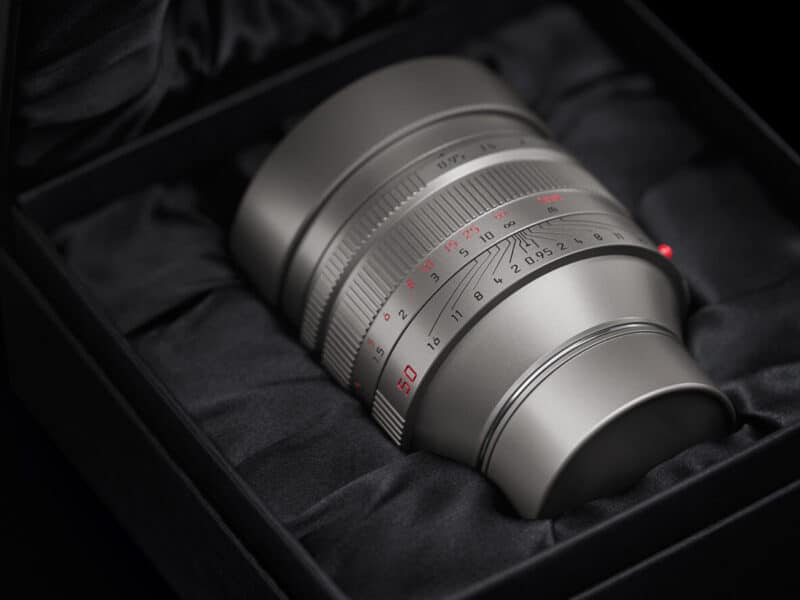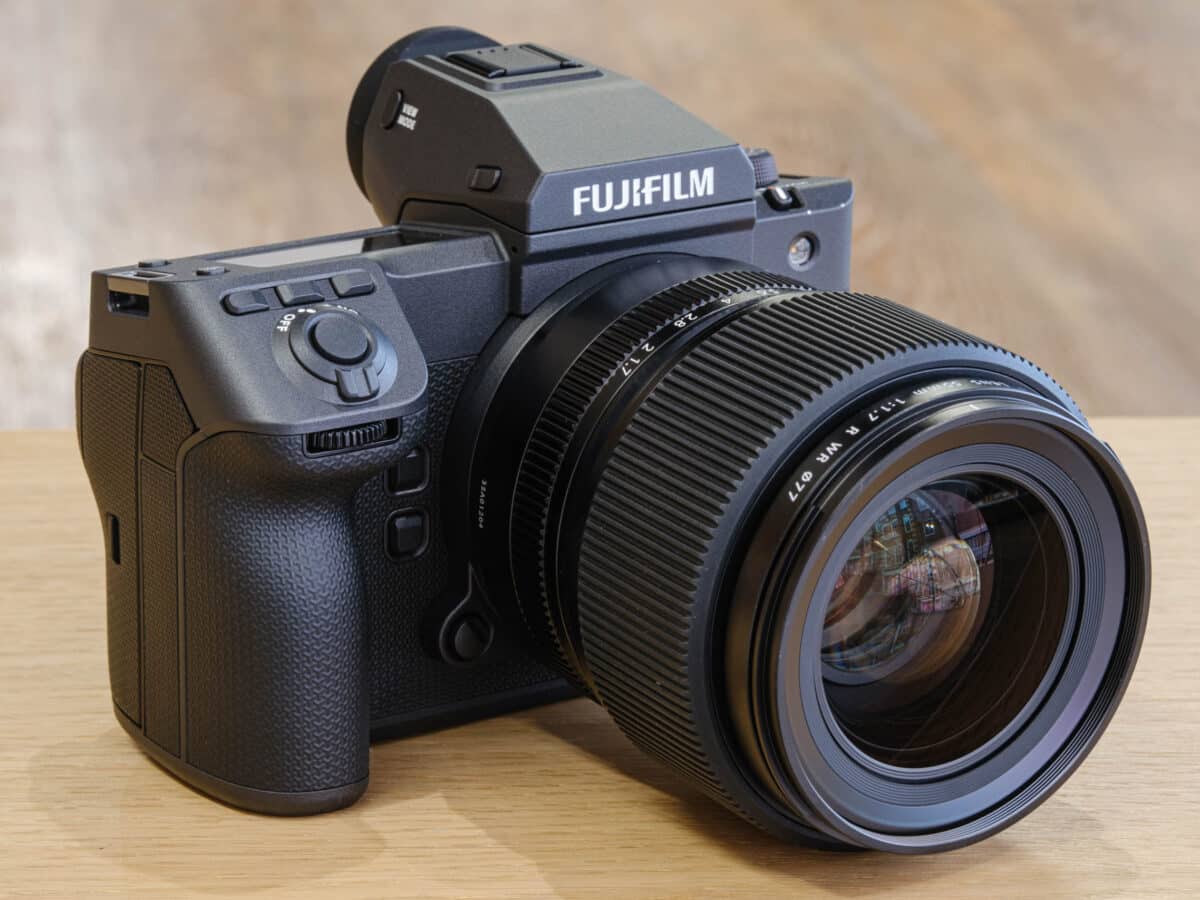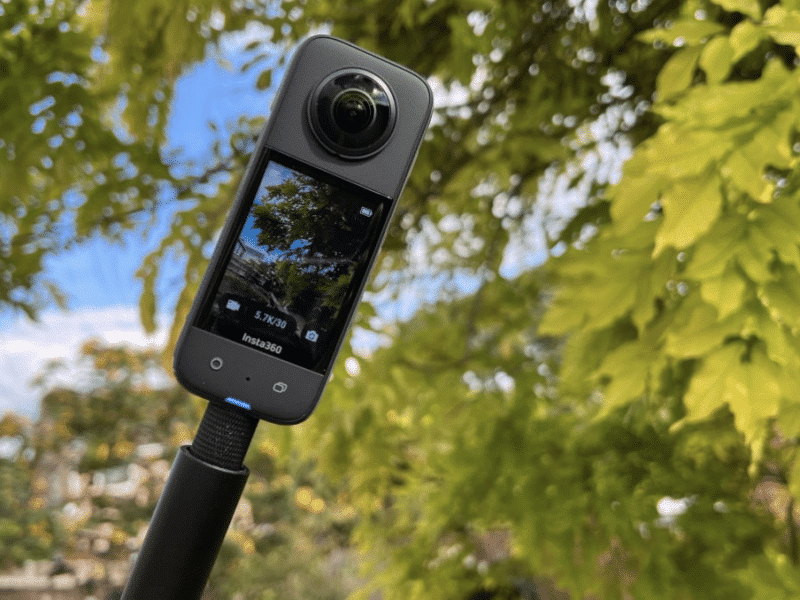Looking for the best digital cameras of 2023? As a photographer, you want a camera that can capture stunning images and videos. With so many options on the market, it can be overwhelming to choose the right one.
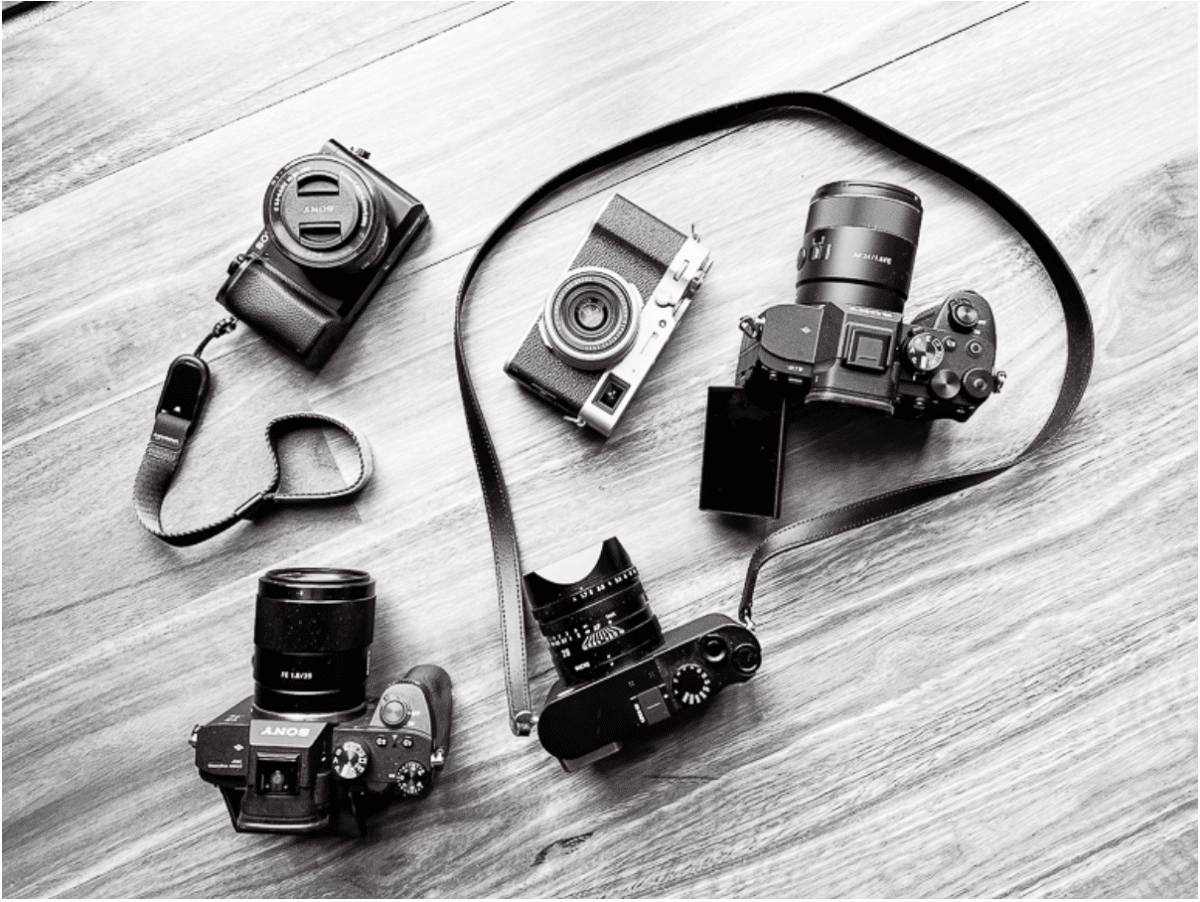
That’s why we’ve compiled a list of the best digital cameras of 2023 for every photographer. Whether you’re a beginner or a professional, we’ve got you covered. From Canon to Sony to Nikon, we’ve included cameras that offer high-quality images, fast autofocus, and advanced features.
Read on to find the perfect camera for your needs.
Best Cameras for Beginners 2023
1. Canon EOS 250D
- Type: DSLR
- Price: $599
- Pros: Portable, adjustable screen, strong battery, affordable
- Cons: Outdated autofocus, cropped 4k video
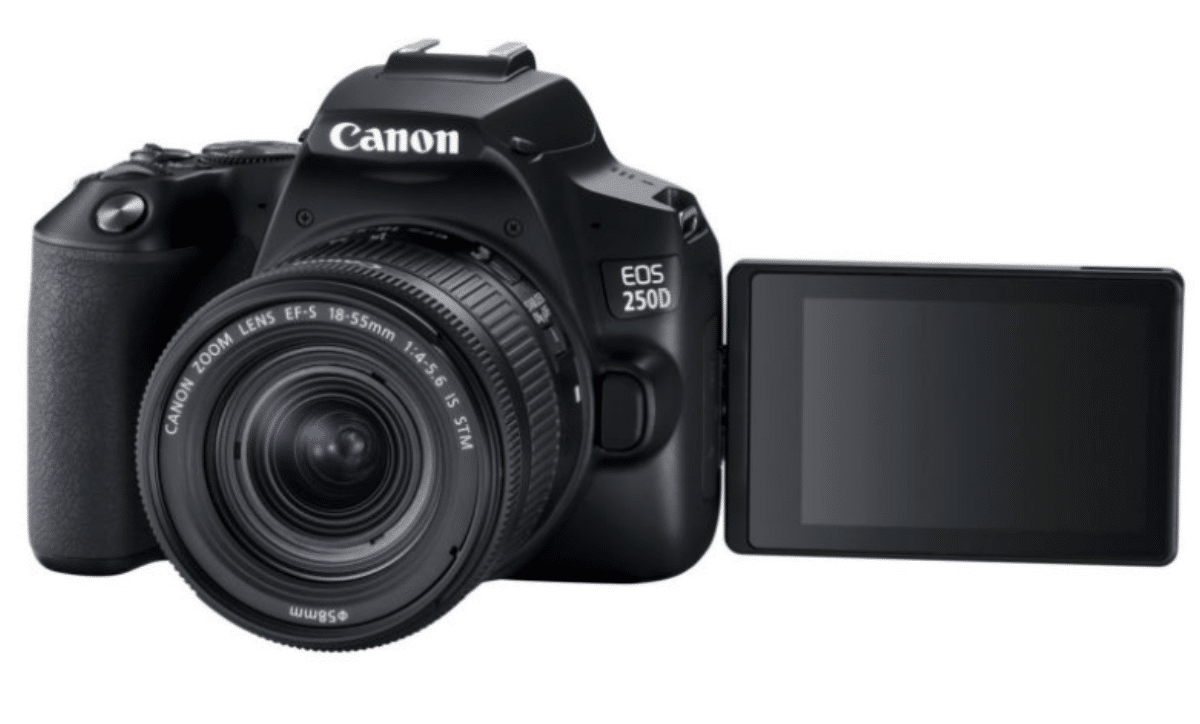
Why it’s great for beginners: Released in October 2019, the Canon EOS 250D is a lightweight, entry-level DSLR with a movable LCD screen, weighing just 449g. It features an intuitive user interface, an APS-C sensor with a high 24.1MP resolution for sharp images, and a competitive Live View feature. With WiFi and Bluetooth connectivity, a 3″ vari-angle LCD touchscreen, 9-point phase detection autofocus, 5fps maximum frame rate, and 4k video recording at 25p, the camera is ideal for photography novices. However, its outdated autofocus system and excessive cropping in 4k video may be limiting factors.
2. Olympus OM-D E-M10 Mark IV
- Type: Mirrorless
- Price: $699
- Pros: Strong battery, lightweight, portable, image stabilization, simple interface
- Cons: No mic port, slow AF, screen not suitable for selfies
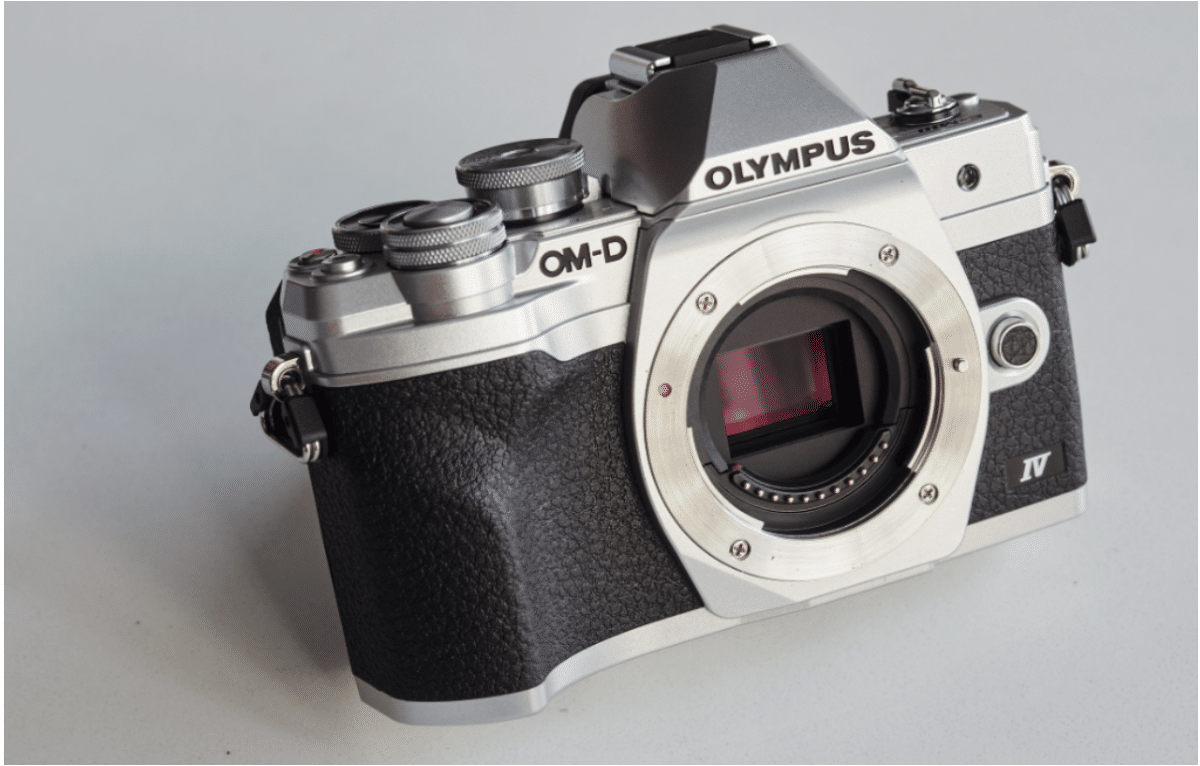
Why it’s great for beginners: The Olympus OM-D E-M10 Mark IV, launched in September 2020, is a compact mirrorless camera designed for beginners seeking an easy-to-use upgrade from their phone cameras. With a simple interface and impressive image stabilization, this camera delivers sharp images even in shaky hands. However, its LCD touchscreen only flips down, making selfies and tripod use difficult, and its video capabilities are limited, lacking a mic port and having slower autofocus compared to its rivals.
3. Canon PowerShot G7 X Mark II
- Type: Mirrorless
- Price: $769
- Pros: Great lowlight performance, moveable touchscreen, beginner-friendly
- Cons: Weak battery, overheating issues
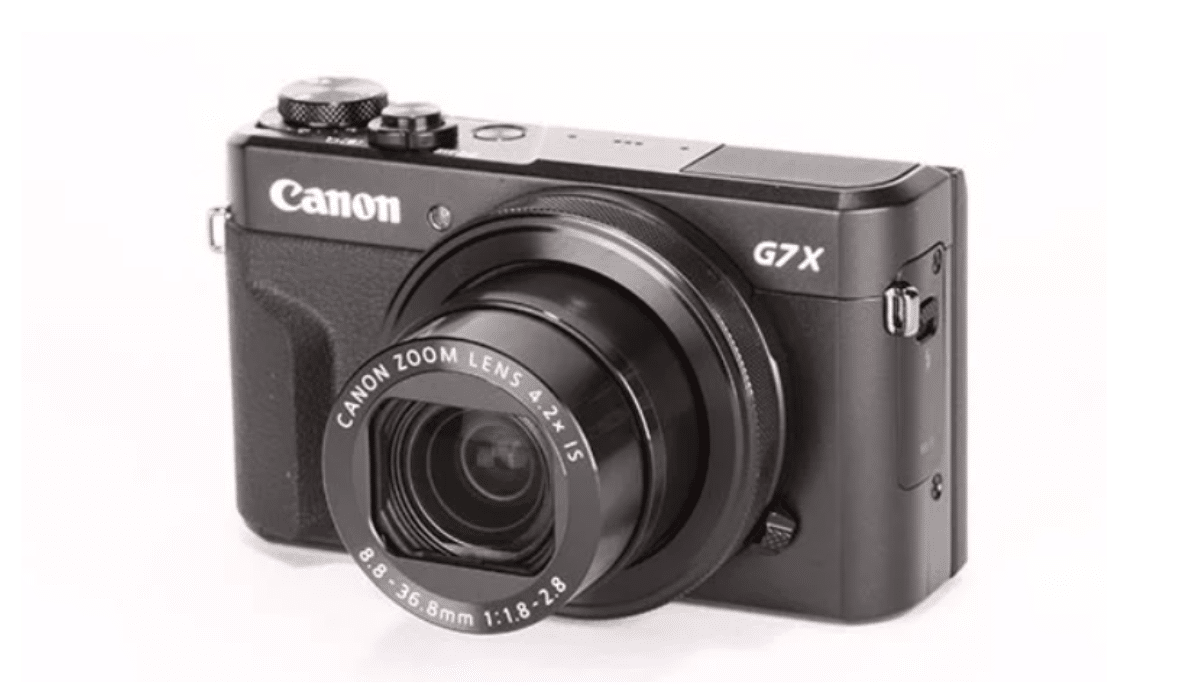
Why it’s great for beginners: Canon launched the PowerShot G7 X Mark II seven years ago, and its fast aperture helps it perform better than other cameras in low-light conditions. The screen can tilt upward and downward, unlike the OM-D E-M10 Mark IV. Bloggers with no prior experience might enjoy using this camera. However, like most mirrorless cameras, the PowerShot G7 X Mark II has a weak battery, allowing only 265 shots per single charge. It also experiences overheating issues.
Best Cameras for Enthusiasts
1. Sony A7 IV
- Type: Mirrorless
- Price: $2498
- Pros: Large sensor, moveable screen, sharp autofocus, image stabilization
- Cons: Cropped 4k video, expensive, average shooting

Why it’s great for enthusiasts: Considering an upgrade from APS-C sensors to a full-frame camera? The Sony A7 IV, launched in October 2021, is an excellent choice as a hybrid mirrorless camera suitable for photography and videography. Its sharp autofocus easily tracks moving subjects, and the Active Stabilization Mode minimizes jitters when shooting without a tripod. Although the A7 IV records in 4k, it does crop the video. As a mid-level camera, it offers solid performance at a significant cost. However, a faster shooting speed than 10fps would have made it even more appealing.
2. Canon EOS M50 Mark II
- Type: Mirrorless
- Price: $599
- Pros: User-friendly, improved autofocus, stronger battery
- Cons: Cropped 4k video, not weather sealed
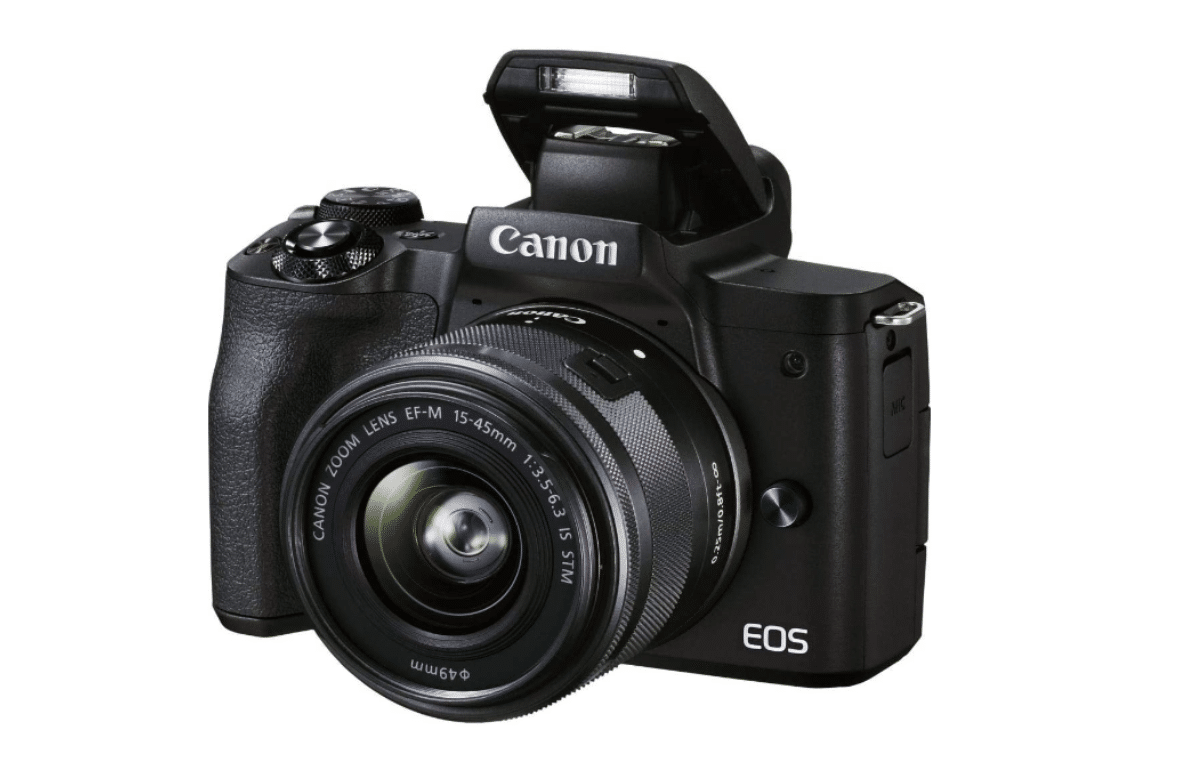
Why it’s great for enthusiasts: Canon launched the Canon EOS M50 Mark II in November 2020. It’s a lightweight mirrorless camera with a user-friendly interface and a sturdy feel despite its plastic construction. Its autofocus performs well in low-light conditions, and the sensor can detect faces in the dark. The portable and versatile EOS M50 Mark II is suitable for various photography niches, such as street, travel, and portrait. However, it struggles with fast-paced sports activities, has cropped 4k video limiting resolution, and lacks weather sealing for harsh conditions.
3. Fujifilm X-T4
- Type: Mirrorless
- Price: $1699
- Pros: Image stabilization, fast burst mode, sharp autofocus
- Cons: Expensive
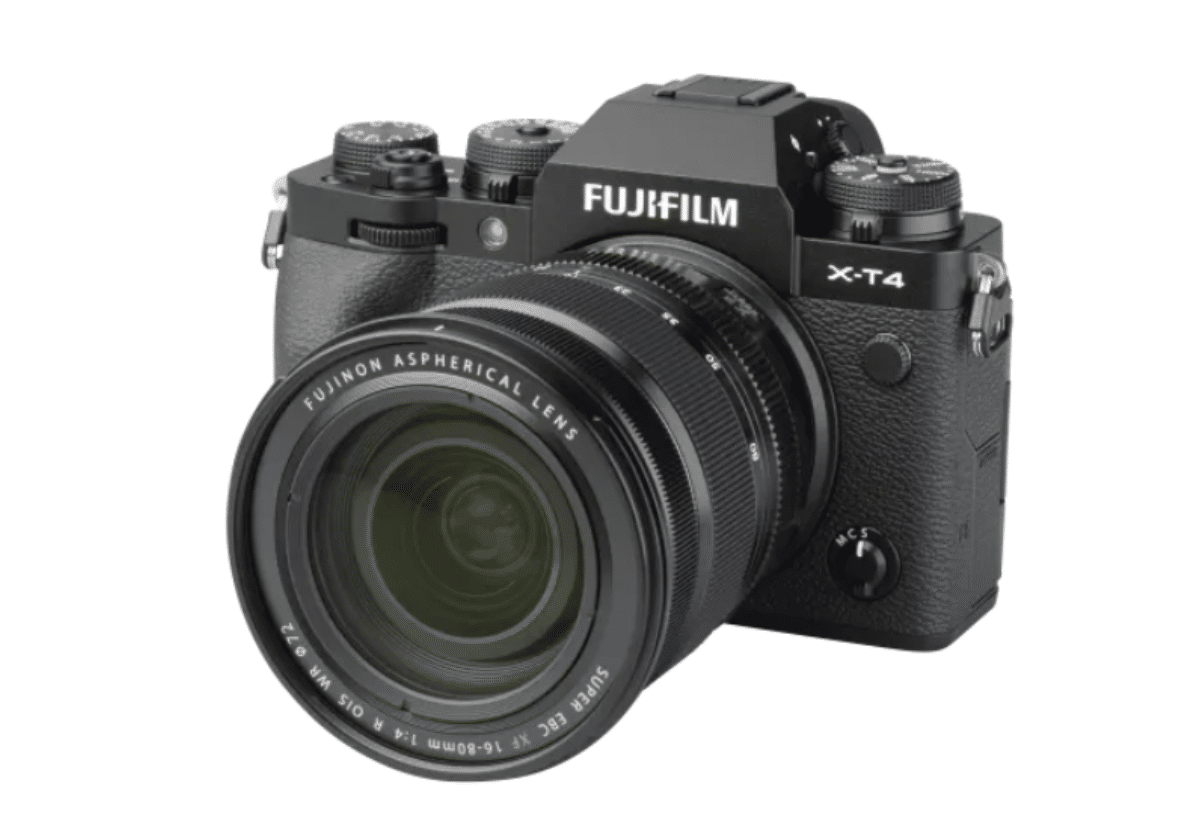
Why it’s great for enthusiasts: If you love Fujifilm’s vintage colors, buy the Fujifilm X-T4. This 2020 mirrorless APS-C camera has a fast shooting speed. It’s great for sports, wildlife, or action photography. The Fujifilm X-T4 captures photos and videos. It has built-in image stabilization to minimize shaking during handheld shooting. Its 3-inch flip touchscreen lets you easily shoot from various angles. While the X-T4 is somewhat expensive, its excellent features make it worth the price.
Best Cameras for Professionals
1. Canon EOS R6 Mark II
- Type: Mirrorless
- Price: $2499
- Pros: Weather-sealed, touchscreen, subject detection AF, image stabilization
- Cons: No third-party lens compatibility

Why it’s great for professionals: The Canon EOS R6 Mark II is a professional camera with a full-frame sensor and a sharp 4,897-point autofocus system, ideal for low-light environments. It features 8 stops of in-body image stabilization (IBIS), so you can shoot handheld without worrying about jitters. The EOS R6 Mark II can capture up to 40 frames per second, which is great for fast-paced activities, and records 4K video at 60p without cropping. However, the camera doesn’t support third-party lenses, limiting your lens options.
2. Sony RX1R II
- Type: Large sensor compact
- Price: $3404
- Pros: Fast autofocus, portable, high resolution
- Cons: No touchscreen, weak battery, no image stabilization, fixed lens
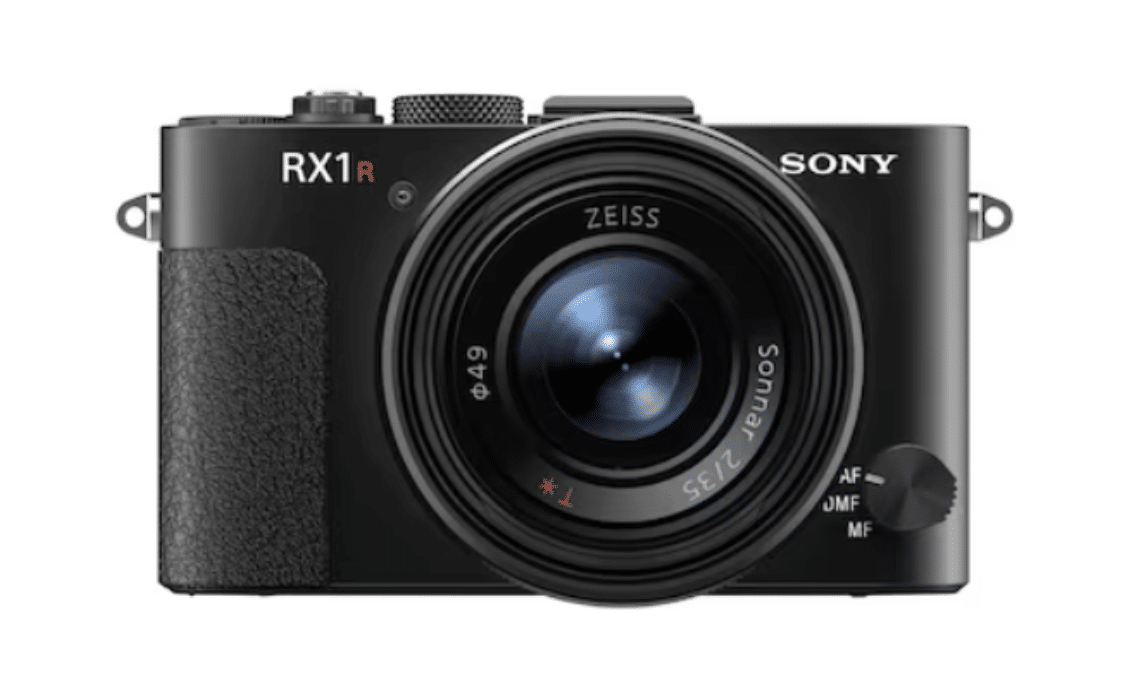
Why it’s great for professionals: The Sony RX1R II, a unique large-sensor compact full-frame camera, boasts fast autofocus, a small size, and high resolution, making it ideal for capturing fast activities. Its variable OLPF allows you to control image detail. However, adjusting to its non-touchscreen display may take time, and you’ll need an extra battery for extended use. Be aware that its fixed lens lacks built-in stabilization, which may cause shaking. If these features align with your preferences, consider purchasing the Sony RX1R II.
3. Leica Q2
- Type: Mirrorless
- Price: $4974
- Pros: Weather-sealed, strong battery, fast autofocus
- Cons: Expensive, fixed lens, no pop-up flash
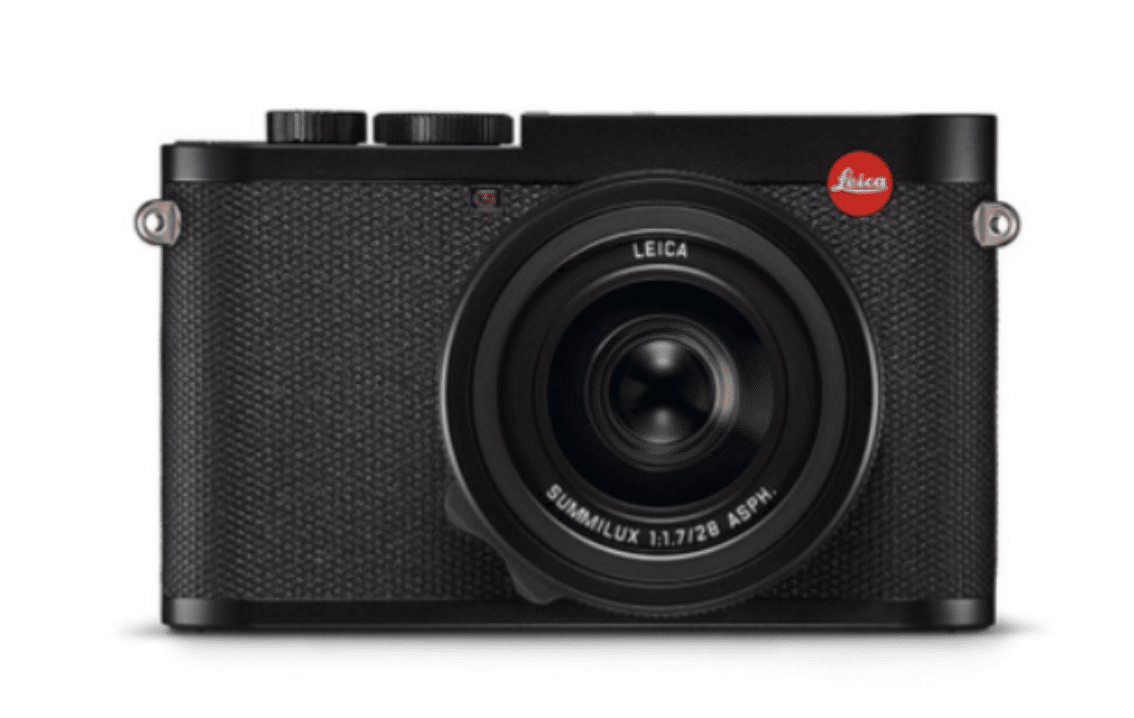
Why it’s great for professionals: The Leica features a 28mm fixed wide-angle lens, allowing you to capture more in a single frame. With its 47.3MP resolution, you have plenty of flexibility for cropping in post-production. Its autofocus system quickly detects and locks onto subjects in just seconds. However, the Leica Q2 has some drawbacks, including its high price, fixed lens, and lack of a pop-up flash.
Best Cameras for Specific Photography Categories
Wildlife photography: Sony A9 II
- Type: Mirrorless
- Price: $4500
- Pros: Voice memo feature, image stabilization, fast burst mode, faster shutter speed
- Cons: No touchscreen, expensive
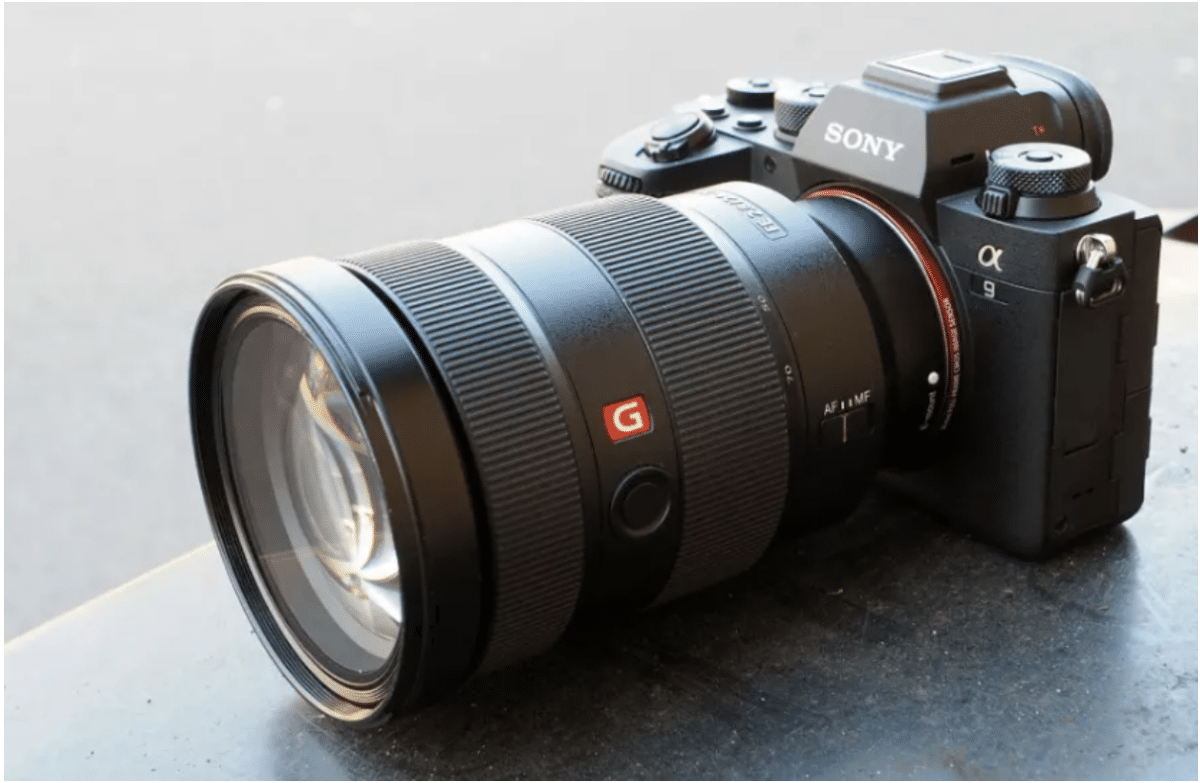
Why it’s great for wildlife photography: The Sony A9 II, perfect for capturing fast-moving wildlife, offers hybrid autofocus, quick shutter speed, and 20fps continuous shooting with a 24.2MP resolution for quality cropping. It features a full-frame sensor, 3″ tilt-angle screen, 678g weight, robust autofocus system, WiFi, Bluetooth, and 4k video at 30p. In-built image stabilization reduces jitters, and a voice memo feature stores subject information. However, the high price and absence of an LCD touchscreen may deter some users.
Landscape photography: Nikon Z7 II
- Type: Mirrorless
- Price: $3000
- Pros: High resolution, weather-sealed, large LCD screen
- Cons: Average AF system

Why it’s great for landscape photography: The Nikon Z7 II, a mirrorless full-frame camera with an impressive 45.7MP resolution, is perfect for landscape photography. Its large 3.2″ tilting LCD screen, weather sealing, and high ISO range allow for clear visuals, outdoor versatility, and low-noise shooting in dark settings. Weighing 615g, the Nikon Z7 II offers a 493-point AF system, WiFi and Bluetooth connectivity, 10fps shooting speed, and 4k video recording at 60p. The average autofocus system is not a major concern for landscape photographers, as their subjects are usually stationary.
Sports photography: Canon EOS-1D X Mark III
- Type: DSLR
- Price: $6499
- Pros: Limitless buffer, smart and fast autofocus, big LCD screen
- Cons: No image stabilization, fixed LCD screen, expensive

Why it’s great for sports photography: The Canon EOS-1D X Mark III, with its impressive 191 autofocus points and 20fps shooting speed, is the ideal DSLR for sports photography. Featuring a full-frame sensor, 20.1MP resolution, and a 3.2″ LCD touchscreen, this 1440g camera provides clear image previews and supports 5.5k video recording at 60p. Although it lacks image stabilization and has a fixed LCD screen, making handheld shooting challenging, the EOS-1D X Mark III is perfect for capturing athletes in action when used with a tripod.
Street photography: Fujifilm X100V
- Type: Premium Compact
- Price: $1399
- Pros: 4k video, tilt touchscreen, fast autofocus, portable
- Cons: Need lens filter for weather sealing, fixed lens

Why it’s great for street photography: The Fujifilm X100V, a compact camera with a large 26.1MP APS-C X-Trans CMOS sensor, is perfect for street photography due to its fast autofocus, tilting touchscreen, and lightweight design. Offering a 425-point phase-detection autofocus system, Bluetooth connectivity, 11fps maximum frame rate, and 4k video recording, this camera’s fixed lens eliminates the need for carrying extra lenses. To ensure weather sealing for rainy or foggy conditions, a lens filter purchase is necessary.
Travel photography: Sony RX100 VII
- Type: Point-and-shoot
- Price: $1200
- Pros: Moveable LCD screen, impressive zoom range, sharp Face and Eye detection AF
- Cons: Expensive
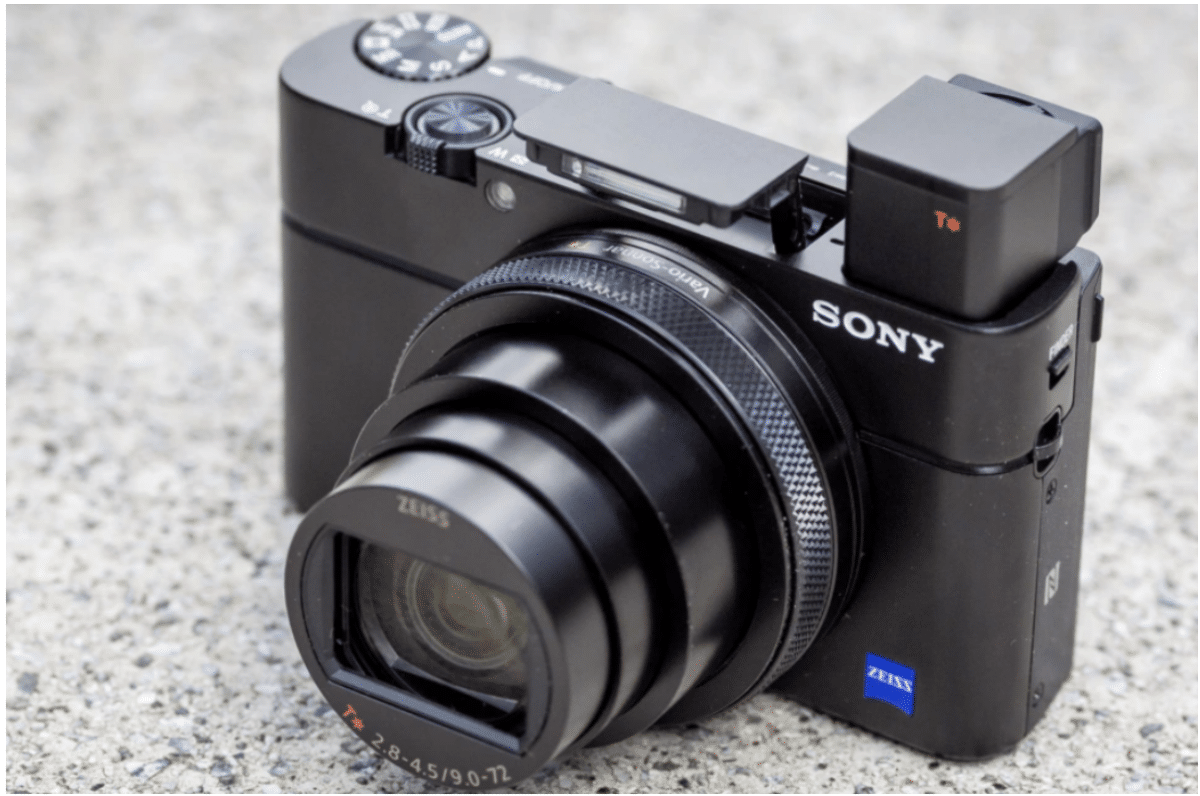
Why it’s great for travel photography: The Sony RX100 VII, a compact point-and-shoot camera perfect for travel photography, delivers sharp images with its 1-inch sensor, 20MP resolution, and advanced autofocus system. Despite its small size, it offers an LCD screen, Bluetooth and WiFi connectivity, 357 PDAF autofocus points, 20fps maximum frame rate, and 4k video recording. Although more expensive than most compact cameras, the RX100 VII’s impressive zoom range, fast autofocus, and large sensor size make it a superior choice for travel photography compared to a smartphone.
The Finished Product
The best cameras for beginners, enthusiasts, and professionals in 2023 include the Canon EOS 250D, Olympus OM-D E-M10 Mark IV, and Canon PowerShot G7 X Mark II for beginners; the Sony A7 IV, Canon EOS M50 Mark II, and Fujifilm X-T4 for enthusiasts; and the Canon EOS R6 Mark II, Sony RX1R II, and Leica Q2 for professionals. For specific photography needs, consider the Sony A9 II, Nikon Z7 II, Canon EOS-1D X Mark III, Fujifilm X100V, and Sony RX100 VII. With advancing technology, assess each option based on your preferences and budget.


